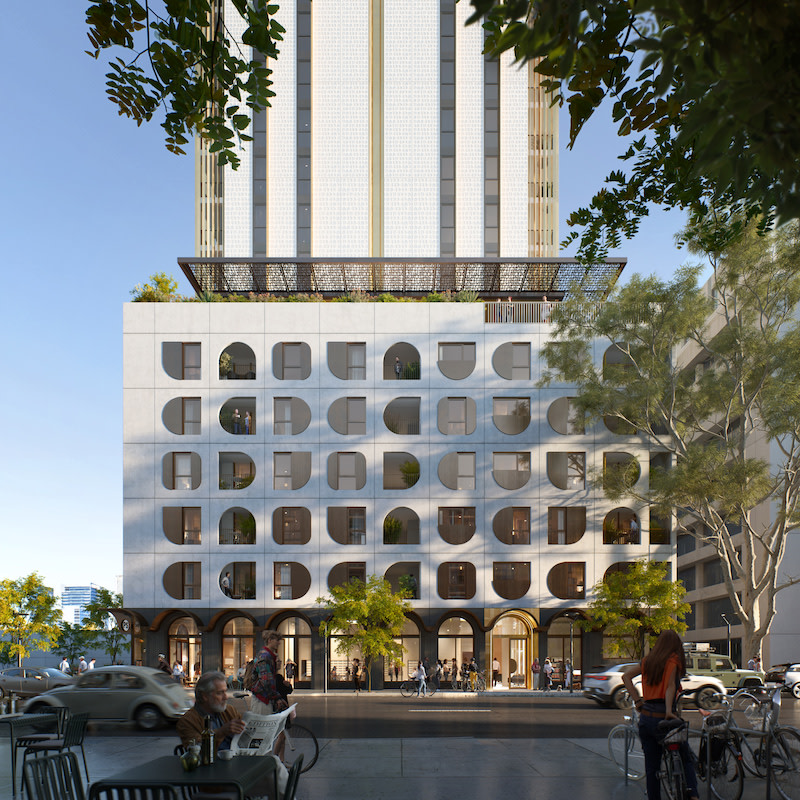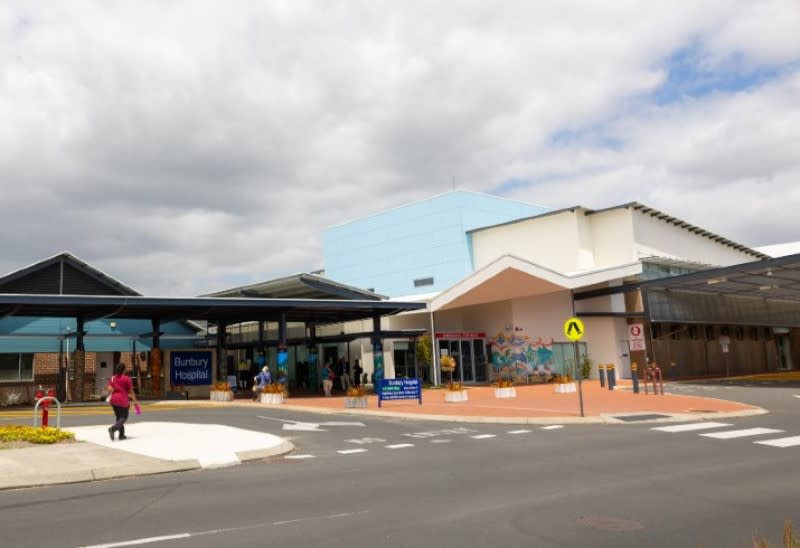After the news that Western Australia rated the second highest for planning approvals in the country in March this year, the state has been one to watch.
Big development projects involving the likes of Gurner are going through planning processes and money has been poured into infrastructure projects.
At the same time, planners in what is now the longest city in the country are focusing on encouraging infill development to prevent further urban sprawl and future infrastructure costs in constantly extending trainlines.
So what does that mean for Western Australian Premier Roger Cook’s latest Budget, which has a forecast surplus for 2024-25 of $2.6 billion with a record lower than forecast net debt of $28.6 billion for 2023-24?
Western Australian treasurer Rita Saffioti, in her first Budget, announced $1.1 billion for social and affordable housing.
The expansion of the Social and Affordable Housing Investment Fund will take up $400 million to deliver a total of 5000 new social housing homes with more than 2100 already delivered.
There will be funding to develop affordable housing by partnering with the Federal Government through Housing Australia funding and the community sector.
A maintenance fund of $179 million has also been allocated to be spent on government-worker housing, the state’s 45,000 social housing homes and other assets.
New housing projects including Perth’s Pier Street project will take $144 million with $92 million to support more than 120 critical homelessness services across the state.
▲ The Pier Street site is the second build-to-rent project identified through the WA Government’s Housing Diversity Pipeline.
There will also be $85 million set aside for boosting the capacity of the residential construction workforce, which will include $21 million to subsidise wages for another 150 places for apprentices and trainees, $37 million for incentives such as tool allowances and milestone payments to encourage apprenticeship completion and $4 million for the Construction Migration Office to continue attracting skilled migrants.
“With the State set to grow to over 3 million people by 2025, it is imperative that we have the skilled workforce available to build the homes needed to support our growing community,” Property Council Australia interim executive director Emily Young said.
“There has never been a better time to take up a trade with the state investing $85 million to expand the capacity of the construction workforce, and with $42.4 billion allocated to the asset investment program over the next four years.”
Stamp duty will be reduced for first-home buyers with the exemption threshold increased to $450,000 and the concession threshold to $600,000 with nearly 5000 first-home buyers set to benefit from the change and $82 million to fund it.
There will also be a Vacant Property Rental Incentive Scheme with $5 million set aside to encourage owners to put vacant homes up for rent.
As part of the $3.2 billion promised for health services, $839 million will be used for infrastructure investment, including the redevelopment of Bunbury Regional Hospital, Geraldton Health Campus and Peel Health Campus, which would create opportunities for keen developers.
▲ The Bunbury Regional Hospital—one of the health facilities marked for redevelopment with funds allocated in the state Budget.
Overall, a record $12.1 billion will be spent on infrastructure in the State within the next year with $42.4 billion allocated to be spent over the next four years.
A $500-million Strategic Industries Fund will be created to develop industrial areas in the state.
“Today’s commitment of $500 million to unlock strategic industrial lands recognises the crucial role of the industrial sector to WA economic future,” Young said.
“Supercharging the industrial sector is essential, with an estimated 1.3 million square metres of industrial space required by 2026.”
Another $200 million will go towards a new Critical Minerals Advanced Processing Common User Facility if the Federal Government provides joint funding.
Port facilities across the state will also be redeveloped with $373 million set aside for it.
This includes the Dampier Bulk Handling Facility and other upgrades.
A business case to supply water to the Goldfields will take up $15 million but signals opportunities for necessary development along the pipeline.
There will be $36 million allocated to reform the approvals system and slash red tape with triage teams formed and tourism facility upgrades around the state have been allocated $352 million.
The Cook Government will also invest $1.6 billion across the state to build four new schools, finish and deliver three new schools and upgrade and redevelop thirteen schools.
A whopping $13.8 billion has been allocated for infrastructure for ports and transport with $4.8 billion over the forward estimates for the 18 projects under the METRONET project with $2.9 billion from the Federal Government but just $254 million in additional spending from this Budget alone.
About 10 of those METRONET projects are expected to be completed by the end of 2024, including the Yanchep Rail Extension and the Morley-Ellenbrook Line.
There will be $116 million for Westport to move container trade from Fremantle to Kwinana and $240 million for key freight routes, including Brooking Channel Bridge, Bunbury Outer Ring Road, Albany Ring Road, Great Northern Highway in the Kimberley and the Pilbara.
▲ The render for the Yanchep Rail Extension, which will be funded as part of the Western Australian budget.
About $150 million will be invested in Rottnest Island to upgrade accommodation and infrastructure and $7 million will go to the Community Sporting and Recreation Fund to upgrade 35 facilities across the state.
Onslow will get $25 million for a new desalination plant and $39 million will be set aside for water supply upgrades for Burrup.
WA accounts for nearly half the nation’s exports and brings in nearly $260 billion of the country’s wealth.
Unemployment is currently at its lowest in the State at 3.4 per cent.





![[+] Greenfield dilemma](/_next/image?url=https%3A%2F%2Fimages.ctfassets.net%2F8pr762qjocl3%2FZlsFAa3UgYnS2GAllGpu9%2F873fa518f16ef970101830950ad2def6%2F____greenfield_dilemma_WEB.jpg%3Fw%3D743&w=3840&q=75)








